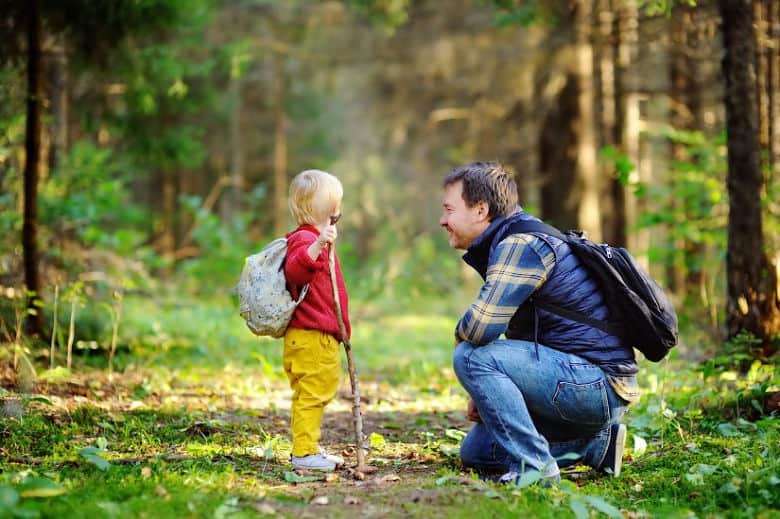environment
Depression And Urbanisation: How Nature Is Correlated
City life: it’s always about doing things as efficient and effective as possible. Most people have the moto that results justify the ends. And more of then than not, we can correlate working life in a metropolitan city to a high level of stress, depression and anti-social behaviors.
It’s funny when you think about it because you see people every day, wherever you go. Yet, it’s easy to drown in our own world as we stare into our small screens, indulged in our own virtual world. And one day, we might become people who tell the story of how living in a world that is always dynamic and moving towards the future was never a great thing.
A castaway vacation that surrounds you with nature, getting lost amidst a beautiful sanctuary of birds and the likes seem to sound like the perfect getaway. Researchers have finally found the answer to why it is and how kids will benefit from those from a study published in International Journal of Environmental Health and Public Health.

It’s not about the benefits but rather, the consequences.
Roughly 50% of world’s population today is living in urbanized locations. High-rise buildings, gasoline-fueled transportation and tight schedule is pretty common to life. The biggest lack, however, is the existence of nature. We’ve only lived in the cities for the past few hundred years but before that, humans have always co-existed with nature.
With 3,855 samples who live across four different cities in Europe, scientists are able to confirm a higher risk of being plagued with depression in kids who are not exposed to nature enough. This effect persists through adulthood.
“The people that reported more exposure to nature actually have better mental health than those that don’t even after we adjust for exposure at the time of the interview, when they are adults,” Mark Nieuwenhuijsen, Ph.D., director of IS Global’s urban planning, environment, and health initiative spoke of the results.
The result was consistent throughout the different cities: kids who play with dirt, climb trees and typically surrounded by nature will usually grow into happier adults.
Nieuwenhuijsen also wants people to look at the results based on what-if-nots. The loss or drawback by not letting our children exposure to nature and greenery leads to the typical stressed and depressed adults we commonly encounter nowadays.
To move into cabin logs or not.
Arguably, some people cannot spend the rest of their life in a cabin log, staring at trees and fishes. There are too many people residing in condensed cities and it’s virtually impossible to make people move into nature. What we can do, however, is to promote urban nature.
We need more parks, more trees, small pots in our houses, our offices, and maybe a pond of fishes for the kids at school. “We hope that city mayors, urban planners, and architects realize how important urban nature is,” says Zijlema. Nature itself can define if you will be happy or not, and while the precise amount of exposure is not clear, we can start with taking a route that brings us through a park on our way to or from the office.






















